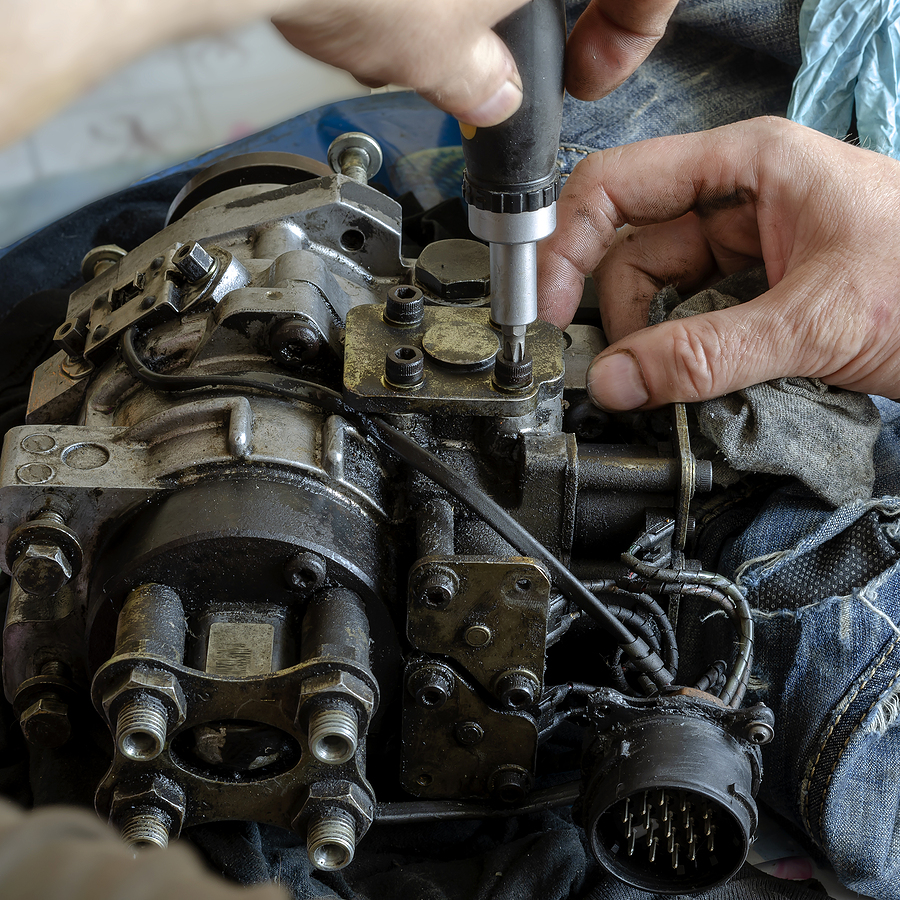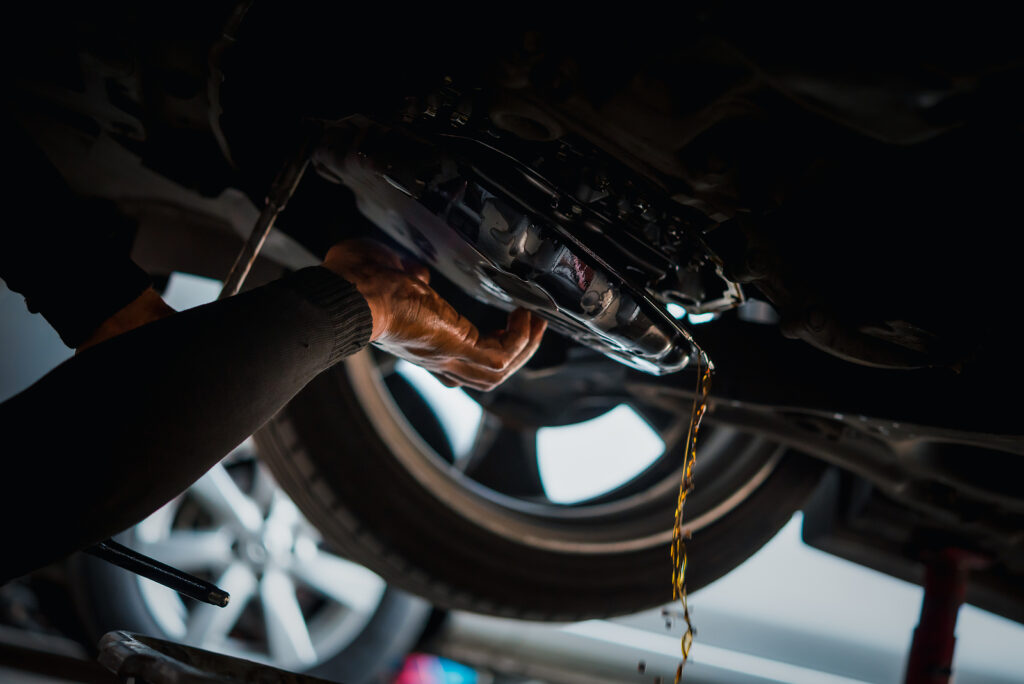Owning a car comes with its share of responsibilities, and one of the most crucial aspects is understanding your vehicle’s warning lights. These small yet significant indicators on your dashboard can save you from costly repairs and ensure your safety on the road. Whether you’re a seasoned driver or new to vehicle maintenance, this guide will help you decode your car’s dashboard and understand what those warning lights mean.

The Importance of Understanding Dashboard Warning Lights
Your car’s dashboard is like its control center, offering real-time information about various systems within the vehicle. When a warning light illuminates, it signals that something needs your attention. Ignoring these warnings can lead to severe mechanical issues and costly repairs.
Understanding these warning lights can help you take immediate action, whether it’s a minor issue you can resolve yourself or a problem that requires professional attention. This knowledge not only saves you money but also enhances your vehicle’s longevity and performance.
Most Common Warning Lights
Check Engine Light
The check engine light is one of the most recognized warning lights. It can denote a series of problems, from a loose gas cap to more severe engine problems. When this light comes on, it’s essential to use a code reader to diagnose the specific issue. If you’re unsure, it’s best to consult a licensed mechanic for a thorough check-up.
Oil Pressure Warning
An oil pressure warning light indicates that your engine’s oil pressure is low. This can be due to low oil levels, a faulty oil pump, or other engine-related issues. To resolve this, check your oil level and top it up if necessary. If the light remains on, seek professional advice immediately to avoid engine damage.
Battery Charge Warning
The battery charge warning light signifies a problem with your vehicle’s charging system. This could be due to a failing alternator, a dead battery, or loose connections. Inspect the battery and alternator, and if the issue persists, visit a professional to diagnose and fix the problem.
Less Known Warning Lights
Tire Pressure Monitoring System (TPMS) Light
The TPMS light alerts you when one or more tires are under-inflated. Proper tire pressure is crucial for safe driving and fuel efficiency. Check your tire pressure using a gauge and inflate them to the recommended levels. If the light stays on, inspect for punctures or leaks.
Brake System Warning
A brake system warning light can indicate various issues, including low brake fluid, worn brake pads, or a malfunctioning ABS system. Check the brake fluid level and top it up if needed. For other issues, it’s best to consult a mechanic to ensure your brakes are functioning correctly.
Coolant Temperature Warning
The coolant temperature warning light signals that your engine is overheating. This can be due to low coolant levels, a faulty radiator, or a malfunctioning thermostat. Check your coolant levels and top up if necessary. If the problem persists, seek professional help to prevent engine damage.
How to Troubleshoot Warning Lights
Checking Fluid Levels
Many warning lights are related to fluid levels in your vehicle, such as oil, coolant, and brake fluid. Regularly checking and maintaining these fluids can prevent many warning lights from appearing. Ensure you use the correct type of fluid for your vehicle and follow the manufacturer’s recommendations.
Inspecting Belts and Hoses
Worn or damaged belts and hoses can trigger warning lights. Regularly inspect these components for signs of wear and tear, cracking, or leaking. Replacing them before they fail can save you from more significant issues down the road.
Using a Code Reader
Investing in a code reader can help you diagnose many warning light issues yourself. These devices can read and clear diagnostic trouble codes (DTCs), giving you a better understanding of what’s wrong with your vehicle. While some issues may still require professional attention, knowing the problem beforehand can save you time and money.
When to Seek Professional Auto Service
Persistent Warning Lights
If a warning light remains on after you’ve attempted basic troubleshooting, it’s time to consult a licensed mechanic. Persistent warning lights can indicate more severe issues that require professional diagnostics and repair.
Unfamiliar Warning Lights
While many warning lights are straightforward, some may be less familiar or harder to diagnose. If you’re unsure what a warning light means or how to address it, seeking professional help is the best course of action to ensure your vehicle’s safety and performance.
Regular Maintenance Checks
Regular professional maintenance checks are essential for preventing warning lights from appearing. Mechanics can identify and address potential issues before they become significant problems, keeping your vehicle in top condition.
The Impact of Ignoring Warning Lights on Your Vehicle
Increased Repair Costs – Ignoring warning lights can lead to more severe mechanical issues, resulting in higher repair costs. Addressing problems early can save you money and prevent further damage to your vehicle.
Reduced Vehicle Performance – Warning lights often indicate issues that can negatively impact your vehicle’s performance. Ignoring these warnings can lead to reduced fuel efficiency, power loss, and overall poor performance.
Safety Risks – Many warning lights signal issues that can compromise your safety on the road. Ignoring these warnings puts you and other road users at risk. Ensuring your vehicle is in good working order is crucial for safe driving.
In Summary
Understanding your car’s warning lights is essential for maintaining your vehicle’s health and ensuring your safety on the road. By recognizing what these lights mean and taking appropriate action, you can save money, enhance your vehicle’s performance, and prevent potential safety risks.
Remember, proactive vehicle maintenance and diagnostics are key to a long-lasting, reliable car. If you’re unsure about any warning lights, don’t hesitate to seek professional help. Your vehicle will thank you, and so will your wallet.
Are you racking your brain about the illuminated lights on your European car’s dash? Contact Autohaus Dierolf at 317-571-0800 for professional vehicle diagnostics and troubleshooting in Carmel, Indiana. We are German factory trained mechanics who specialize in German and European vehicles.
Related Posts:
Check Engine Light On? Here’s What You Should Do
Harnessing the Power: Troubleshooting Common Auto Electrical Issues
Comprehensive Guide to Troubleshooting Common Issues with German Cars











